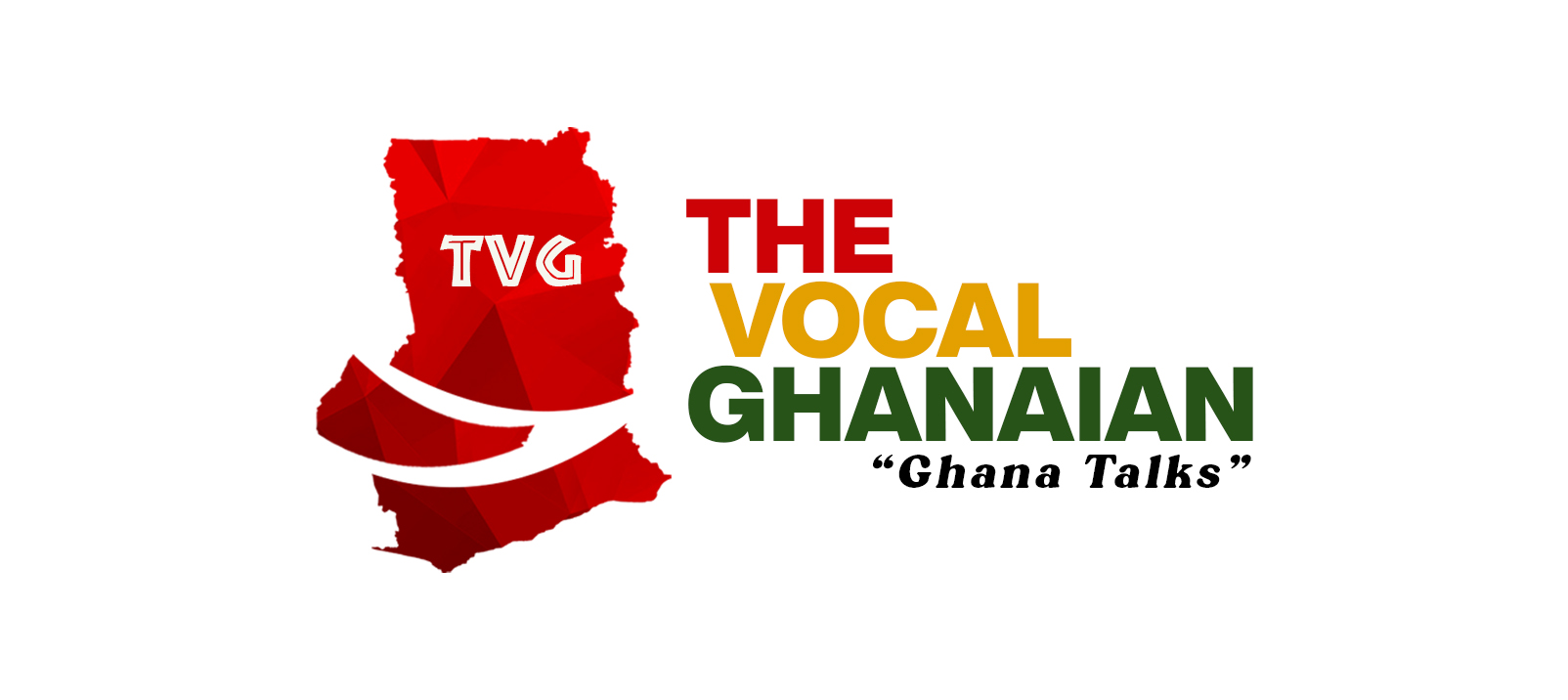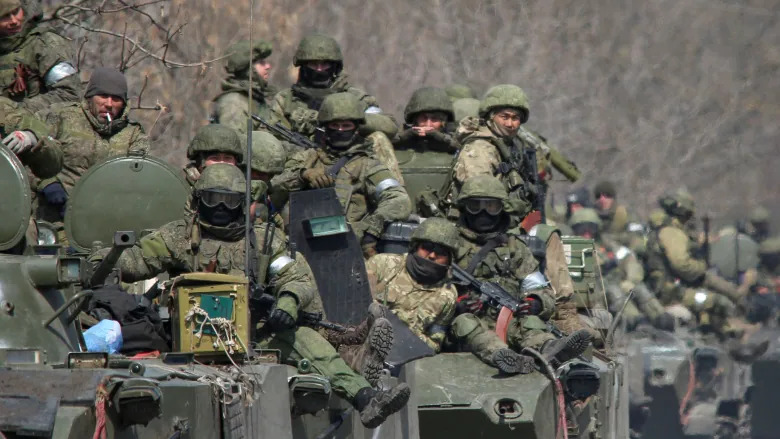As European leaders cautioned their populations to be prepared for sacrifices in the face of a conflict that shows no signs of ending anytime soon, Russia’s top diplomat suggested on Wednesday that his country’s territorial goals in Ukraine may broaden.
Russian forces have focused their offensive in recent months on eastern Ukraine, which Russia appears determined to annexe as it did Crimea in 2014. However, on Wednesday, Sergey V. Lavrov, the foreign minister of Russia, told the Russian state news agency that Moscow was now looking at a large portion of southern Ukraine, explicitly mentioning the provinces of Kherson and Zaporizhzhia as well as “a number of other territories.”
“This is an ongoing process,” Mr. Lavrov said in an interview with RIA Novosti.
Russian forces have focused their offensive in recent months on eastern Ukraine, which Russia appears determined to annexe as it did Crimea in 2014. However, on Wednesday, Sergey V. Lavrov, the foreign minister of Russia, told the Russian state news agency that Moscow was now looking at a large portion of southern Ukraine, explicitly mentioning the provinces of Kherson and Zaporizhzhia as well as “a number of other territories.”
He specifically mentioned the several rocket launchers that the US has been sending to Ukraine, which are said to have slowed down Russian advances by hitting distant targets like ammunition stockpiles. Officials from the American military announced their intention to send four more M142 HIMARS multiple rocket launchers, as well as more of the guided rockets they shoot and more guided artillery ammunition, on Wednesday.
Russian officials have provided varied, and occasionally conflicting, interpretations of their war objectives. However, Western officials have consistently scoffed at Moscow’s claims that its invasion is anything other than an act of expansion — an attempt to reclaim territory lost with the fall of the Soviet Union. On Wednesday, they made it clear that a winter of war lay ahead, warning of energy shortages and urging solidarity even as Europe baked in a heat wave for the record books.
“Putin is trying to push us around this winter, and he will dramatically fail if we stick together,” the president of the European Commission, Ursula von der Leyen, said Wednesday.
Mr. Putin stated that Russia did not seek to occupy the nation or “impose anything on anyone by force” in a speech that was given to announce the start of the full-scale invasion on February 24. He claimed that Moscow just wished to “demilitarize” a neighbour it considered to be a danger. Although Ukraine is not a member of NATO and does not have any such missiles on its soil, he mentioned the threat posed by NATO missiles stationed there and directed at Russia.
As unforeseen setbacks occurred during Russian forces’ assault on Kyiv, the capital of Ukraine, the narrative started to change. The Kremlin’s primary objective, Mr. Putin continued, is to safeguard its allies and their self-declared republics in eastern Ukraine’s Donbas region.
Since then, city after city in the area has succumbed to a relentless Russian attack that has destroyed entire districts, murdered thousands of civilians, and forced many more to escape for their lives. Russian soldiers have gained control of Luhansk, one of the two provinces in the Donbas, and are now attempting to subdue Donetsk.
The top American military officer stressed on Wednesday that a Russian triumph there is not a given. When asked about the future of the area during a news briefing, Gen. Mark A. Milley responded, “No, it’s not lost yet.
There were indications that Ukraine might be preparing to launch a significant counteroffensive to the south in Kherson. A crucial bridge was shelled over the last 48 hours, a Russian fighter jet was shot out of the sky, ammunition stockpiles were destroyed, and a group of soldiers came under attack. Russian military operations in southern Ukraine are staged in Kherson, a port and shipbuilding hub that Russia annexed early in the conflict.
The attempt to retake the city would be extremely significant for President Volodymyr Zelensky’s administration, but the timing could also be crucial from a tactical perspective. This week, a representative for the National Security Council claimed that Russia intended to annex territory it had taken, including Kherson.
The window of opportunity for Ukraine and its Western allies to back a Ukrainian counteroffensive into occupied Ukrainian territory may be closing, according to the spokesman, John Kirby.
Mr. Kirby claimed Moscow was appointing stand-in officials who would conduct “fake” elections for annexation and coerce locals into applying for Russian citizenship. He also claimed Moscow appeared prepared to impose the ruble as the region’s official currency, as it did after seizing the Crimean Peninsula in 2014.
“Russia is beginning to roll out a version of what you could call an annexation playbook,” Mr. Kirby said.
Dmytro Kuleba, the foreign minister of Ukraine, criticized his Russian colleague on Wednesday for suggesting that Moscow might increase its military ambitions.
“By confessing dreams to grab more Ukrainian land,” Mr. Kuleba said on Twitter, “Russian foreign minister proves that Russia rejects diplomacy and focuses on war and terror. Russians want blood, not talks.”
A senior advisor to Mr. Zelensky voiced optimism that enough American weapons would arrive to enable Ukrainian troops to win before Russia could solidify its advantages in an interview with a Ukrainian magazine.
“It is very important for us not to enter the winter,” said Mr. Zelensky’s chief of staff, Andriy Yermak. “After winter, when the Russians will have more time to dig in, it will certainly be more difficult.”
The West has been strongly urged to deliver more weapons, particularly longer-range rocket artillery, by Ukrainian leaders. With that much firepower, they believe they might be able to retake land in addition to simply stopping Russia’s approach.
This Thursday, Natalia Humeniuk, a spokesperson for Ukraine’s southern forces, said, “We all work to liberate Ukraine from the enemy.” “We have just one objective.”
Defense Secretary Lloyd J. Austin III appeared to take care not to exaggerate the capabilities of the HIMARS rocket launchers when announcing Wednesday that the United States was sending four more of them.
That alters the pace of the fight and might present some opportunities here, according to Mr. Austin. There is still much work to be done.
Additionally, the total number pledged thus far—16 from the United States and fewer, comparable systems from allies—is considerably below than what Ukraine and foreign military analysts claim is required to achieve battlefield parity.
However, an advisor to the country’s interior minister claimed that Ukrainian forces on Tuesday used one of the launchers to strike the Antonivsky bridge in Kherson. For Russian goods entering from Crimea, the bridge has been the primary transit route. According to the deputy head of the pro-Russian administration in Kherson, eleven further strikes were made against the bridge on Wednesday.
A Russian radar station near Kherson was reportedly destroyed by projectiles launched from a distance of more than 60 miles, according to the Ukrainian military.
Additionally, Ukraine was arguing its case off the field of battle.
Following a meeting with Jill Biden at the White House, Washington’s first lady, Olena Zelenska, testified before Congress on Wednesday to request more arms to fend off “Russian hunger games.”
Ms. Zelenska, who was testifying before Congress in a rare appearance by a foreign first spouse, displayed pictures of children whose lives had been ruined by the conflict. Sophia, a young woman from the Bucha neighborhood of Kyiv who had lost both her mother and an arm in the conflict, was one of them.
“Russia is destroying our people,” Ms. Zelenska said.

